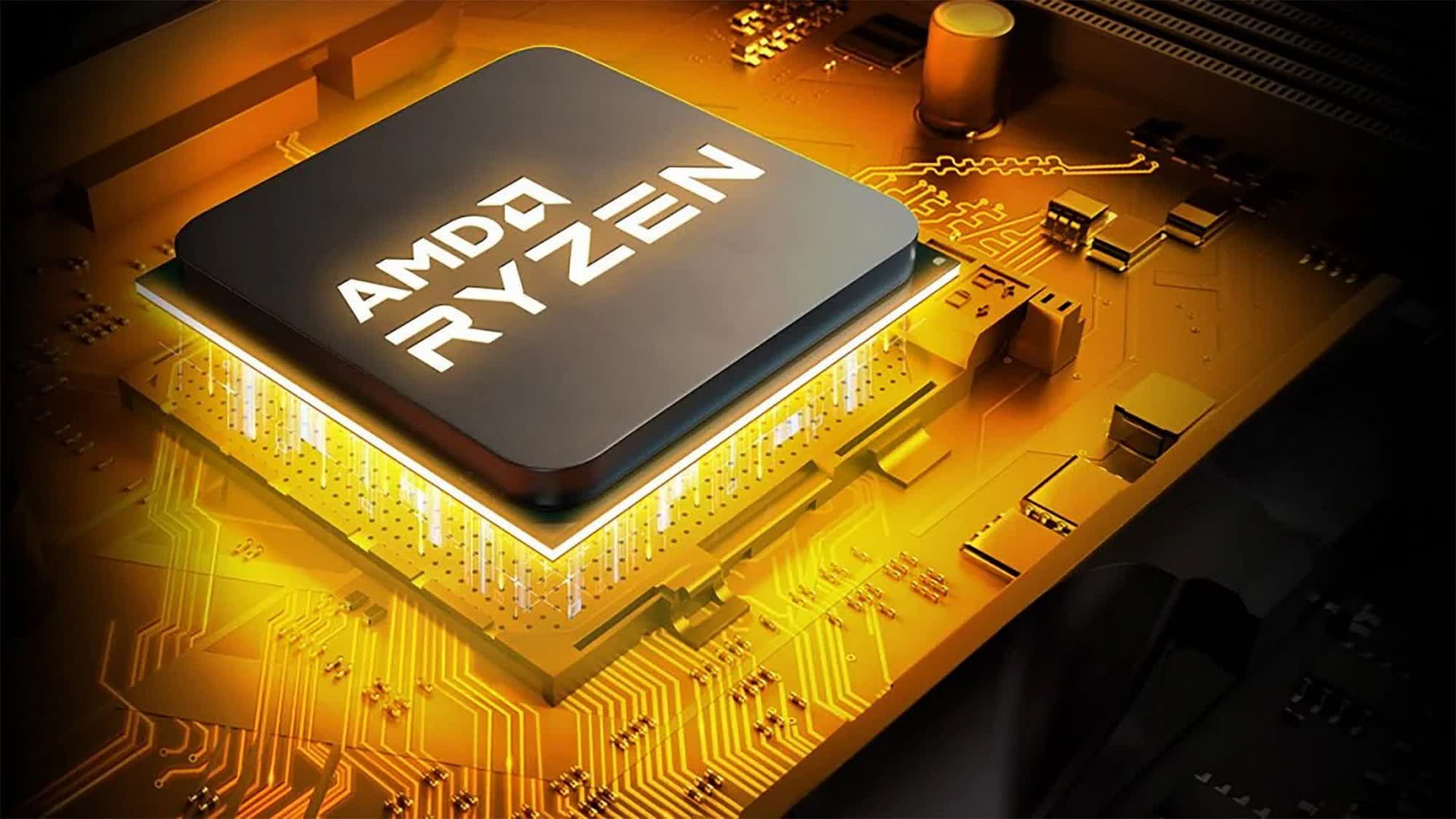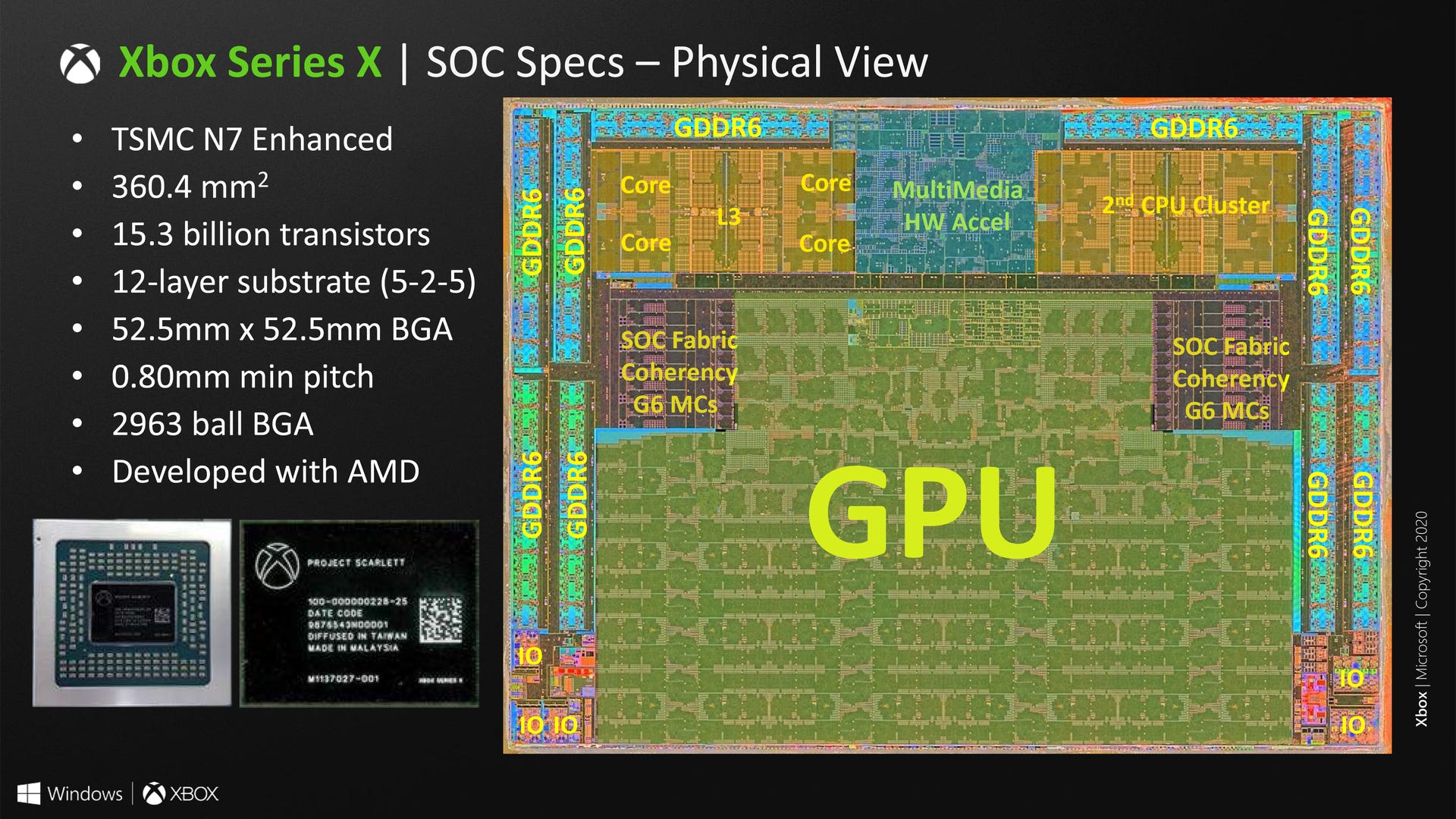In context: At CES 2023, AMD announced its Phoenix-HS APUs featuring Zen 4 CPUs and RDNA 3 iGPUs. The company is expected to follow that with the 'Strix Point' APUs, sporting Zen 5 CPUs and RDNA 3+ iGPUs. According to AMD's official roadmap, the Strix Point chips will launch sometime in 2024, although the exact ETA remains a mystery for now.

Almost a year after AMD officially teased its 'Strix Point' APUs, popular YouTube channel RedGamingTech has shared many interesting details about the upcoming hardware. According to the video, the flagship Strix Point APU will come with 16 cores, including 8 big Zen 5 and 8 smaller Zen 4D cores, alongside 32MB of L3 cache.
On the graphics side, the chip is expected to feature an RDNA 3+ iGPU with 8 Work Group Processors (WGP). The video also suggests that the iGPU on the most powerful Strix Point APU would have clock speeds of more than 3GHz.
If the reported specs hold up, it would be a little disappointing, as an earlier video from the channel claimed that Strix Point's RDNA 3+ iGPU could have 12 WGP/24 Compute Units (CU) with around 9 TFLOPS of FP32 precision performance.
The channel had earlier claimed that the raw compute power of the Strix Point iGPUs could make lower-end discrete graphics cards obsolete, but it remains to be seen whether that will happen.
Meanwhile, the mid-range Strix Point SKU will reportedly have 4x Zen 5 and 8x Zen 4D cores, paired with 16MB of L3 cache and 4 RDNA 3+ WGPs. Finally, the entry-level chip is said to come with up to 6 cores, including 2x Zen 5 and 4x Zen 4D. They are also tipped to have 8 MB of L3 cache and a 2 WGP iGPU.
The core count, cache and WGPs will not be the only differences between the high-end and entry-level Strix Point APUs. As per the video, the top-end chip in the lineup will be fabricated using TSMC's 3 nm process, while the other two SKUs will use the 4 nm process. The chips are also expected to have a powerful memory controller with support for DDR5-6400 or LPDDR5X-8533 RAM.
The Strix Point APUs will release in 2024, meaning we're unlikely to get an official confirmation about the rumored specs anytime soon. However, expect more leaks from other sources as we get closer to the launch.
https://www.techspot.com/news/98211-massive-leak-reveals-amd-trix-point-apus-16.html

